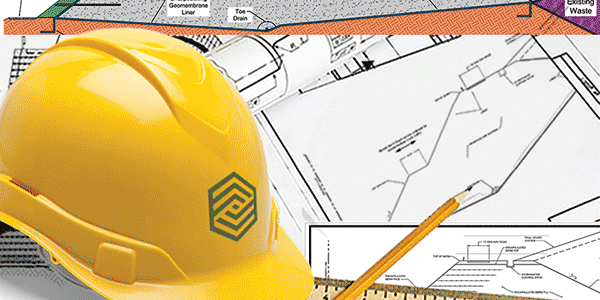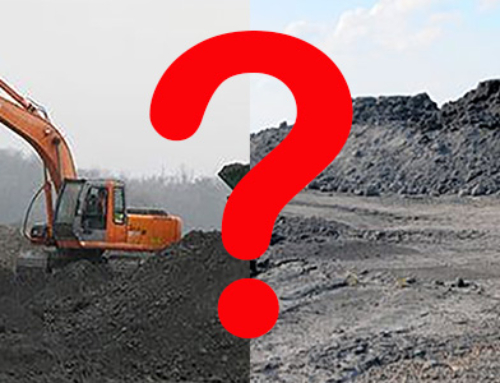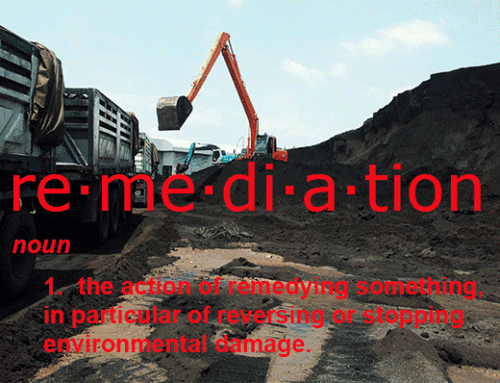Although many environmental organizations state or are under the impression that they are utilizing Best Use Practices, but in reality, they are not.
The debate over landfills and landfill expansions has gone on for decades and will continue well into the future. The opponents argue that landfills are unsafe, unhealthy and a public nuisance and the waste management companies argue that the opponents are wrong because they utilize Best Use Practices rendering landfills necessary and safe.
It is tough to figure out who is right and who is wrong. Neither side is completely wrong or completely right. Logically, if your waste management company is not utilizing Best Use Practices then it can mean that the landfill in question is not safe, is a health hazard and a nuisance.
Best Use Practices in the waste industry extends beyond operations and should be used in determining expansion methods. The key to accomplish this is always searching for Best Use Practices even if you are on a traditional expansion path.
When does an organization stop utilizing Best Use Practices ….. the moment the organization stopped looking for strategy improvement.
EXPANSION BEST USE PRACTICES
Here at EnCAP-IT we specialize in Encapsulated Mechanically Stabilized Earthen (eMSE) Structures …. And why do we do what we do?
Safety as a Key Component
Proactive Control of Moisture: In an eMSE (encapsulated mechanically stabilized earthen) system application, the geomembrane liner system fully encapsulates the system, including the fill material, preventing the migration of stormwater run-on or run-off into the fill material, as well as seepage from within or outside of the existing waste mass. In addition to the encapsulation system, a toe drain collector at the bottom of the eMSE system collects water that enters the fill during construction.
Key aspect of eMSE structures: encapsulation and proactive control of moisture by “wrapping” the eMSE fill with geomembrane, reducing a major cause of structural failure.
Flexible Use of Materials and Configuration Improve Functionality
Flexible and Scalable: In an eMSE system application, the same protections used by the waste industry to isolate waste. However the former waste materials (repurposed) are used for construction, are used to enhance facility disposal capacity and do not themselves consume needed, revenue-generating capacity. Under a traditional MSE approach, the design efficiency of the structure is challenged by the cost of construction; which in turn jeopardizes the economic justification of the project. Under an eMSE system application the use of alternative fill material enhances the flexibility of design configurations; which instead benefits project economics.
Key aspect of eMSE structures: encapsulation provides flexibility via economized design elements that are configured to address specific site requirements.
Flexible Use of Materials Improve Savings
Material Procurement: In an eMSE system application, flexibility in the selection of eMSE structural fill, recycling low-contaminated beneficial use materials in lieu of consuming expensive natural resources provides greater opportunity. The fundamental driver of repurposing an existing waste stream to a beneficial use material stream is a key economic result.
Key aspect of eMSE structures: material markets that could not be previously pursued (in both cases: onsite or offsite materials) can become a new source benefiting the project.





